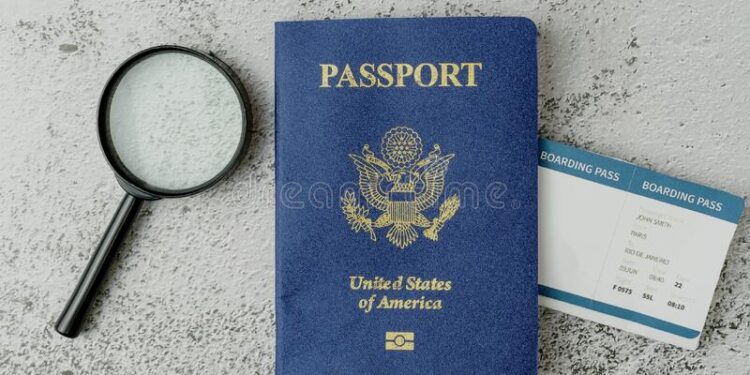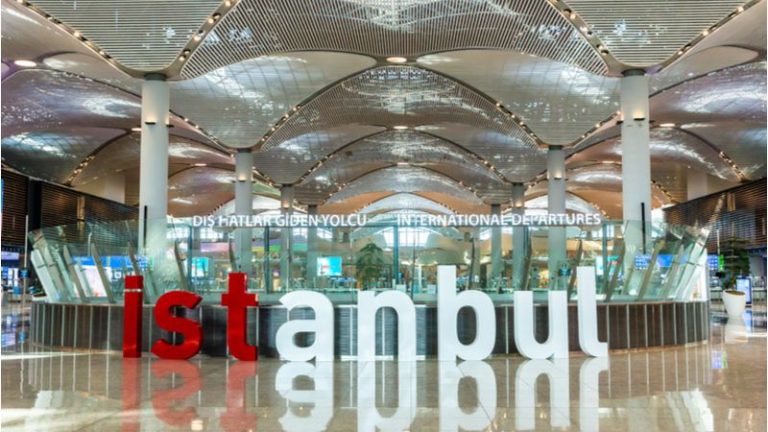Navigating Indian Visa Ports of Exit: A Guide for Travelers
Attention travelers! Are you planning a trip to India and feeling overwhelmed by the visa process? Don’t fret, we have got your back. Indian visas can be tricky to navigate, especially when it comes to ports of exit. Whether you are traveling for business, pleasure or pilgrimage purposes, understanding the different types of visas and port regulations is crucial. In this guide, we will walk you through everything you need to know about navigating Indian visa ports of exit like a pro. From visa requirements to important documents, we’ve got all the tips and tricks covered. So sit tight and get ready for an adventure-filled journey in India without any worries! INDIAN VISA PORTS OF EXIT
Overview of Indian Visa Ports of Entry
There are many Indian visa ports of exit, and it can be confusing for travelers to know which one to use. This guide will help you navigate the different options so that you can choose the best one for your travel needs.
The first thing to consider is what type of visa you need. If you are traveling for business or tourism, you will need a different visa than if you are traveling for work or study. Once you know what type of visa you need, you can narrow down your options for Indian visa ports of exit.
If you are traveling for business or tourism, the most common port of entry is Mumbai. Other popular options include Delhi, Chennai, and Kolkata. These cities have a variety of transportation options and offer a wide range of attractions.
If you are traveling for work or study, the most common port of entry is Delhi. Other options include Mumbai, Chennai, and Kolkata. These cities have a variety of transportation options and offer a wide range of attractions.
Once you have decided on the city that is best for your travel needs, research the specific requirements for that port of entry. Make sure you have all the necessary documents and information before arriving at the airport or border crossing.
Following these tips will help ensure that your experience navigating Indian visa ports of exit is positive and hassle-free.
Requirements for Indian Visa for Australian Citizens
If you’re an Australian citizen planning to travel to India, you’ll need to obtain a visa before your trip. The process for doing so can seem daunting, but we’ve got all the information you need to make it as easy as possible. INDIAN VISA FOR AUSTRALIAN CITIZENS
First, you’ll need to decide which type of visa is right for your trip. The most common types of visas for India are tourist visas, business visas, and student visas. Each type has its own requirements, so be sure to research carefully before applying.
Once you’ve decided which visa is right for you, the next step is to gather all of the required documents. These will vary depending on the type of visa you’re applying for, but they typically include things like a passport photo, proof of travel plans, and financial documentation.
Once you have all of your documents in order, the next step is to submit your application online or in person at an Indian consulate or embassy. The process can take a few weeks, so be sure to apply well in advance of your planned travel date.
And that’s it! Once your application is approved and you receive your visa, you’re ready to start planning your trip to India. Just be sure to keep your visa paperwork handy when packing for your trip; you’ll need it when exiting the country at the end of your travels.
Types of Visas Available
There are many types of visas available for travelers to India. The most common type of visa is the tourist visa, which allows travelers to stay in India for up to six months. Business visas are also available for those traveling to India on business. Student visas are available for those studying in India. Work visas are available for those who wish to work in India. There are also several other types of visas available, including transit visas and medical visas.
How to Apply for an Indian Visa
If you’re planning to travel to India, you’ll need to apply for a visa before you go. The process is relatively simple, but there are a few things you need to know before you start.
First, make sure you have a valid passport with at least six months left before it expires. You’ll also need two passport-sized photographs and a completed visa application form. You can get the form online or from your nearest Indian consulate or embassy.
Next, decide which type of visa you need. If you’re just visiting for tourism purposes, you’ll need a tourist visa. If you’re planning to work or study in India, you’ll need a different type of visa. There are also visas available for business travel and for religious pilgrimages.
Once you know which type of visa you need, check the requirements for that particular visa. For most visas, you’ll need to provide proof of onward travel out of India, as well as evidence of sufficient funds to support your stay. You may also be required to submit additional documents, such as a professional resume or an educational certificate.
Once your application is complete, submit it along with the required fees and documents to your nearest Indian consulate or embassy. You can usually apply in person or by mail; however, some consulates may require that you apply online. The processing time for most visas is about four weeks, but it can vary depending on the type of visa and the consulate’s current workload.
Conclusion
We hope that this article has been helpful in providing you with the information and guidance you need to navigate India’s visa ports of exit. With the right preparation and understanding, traveling to India should be a breeze. Be sure to plan ahead so that when it comes time for your trip, all you have to do is sit back and enjoy the experience!





